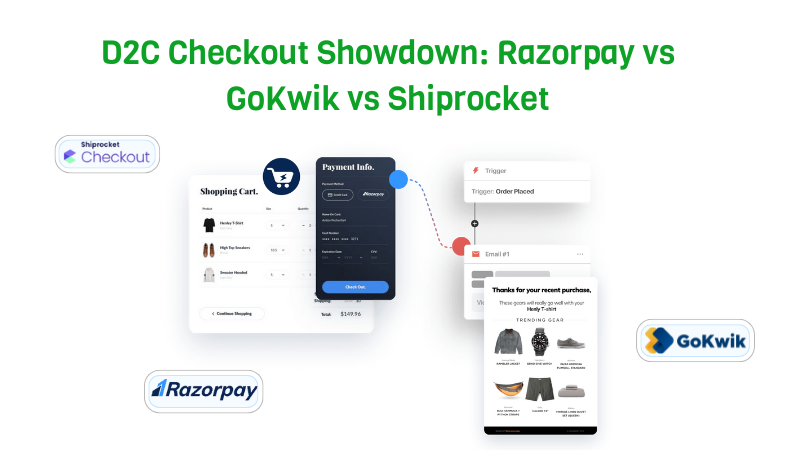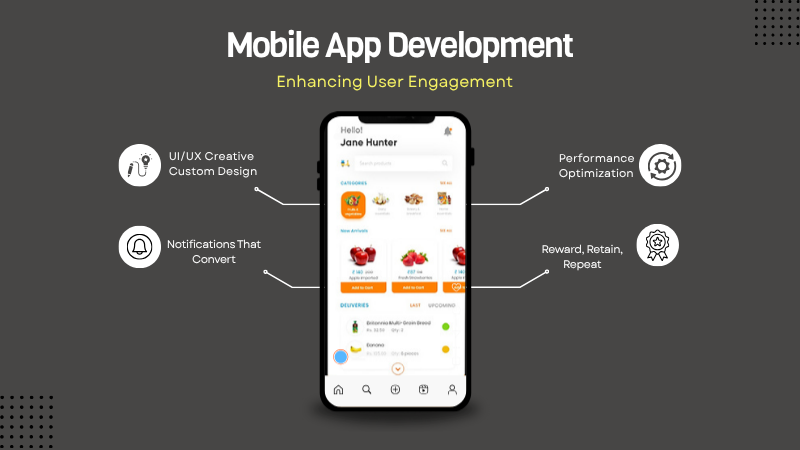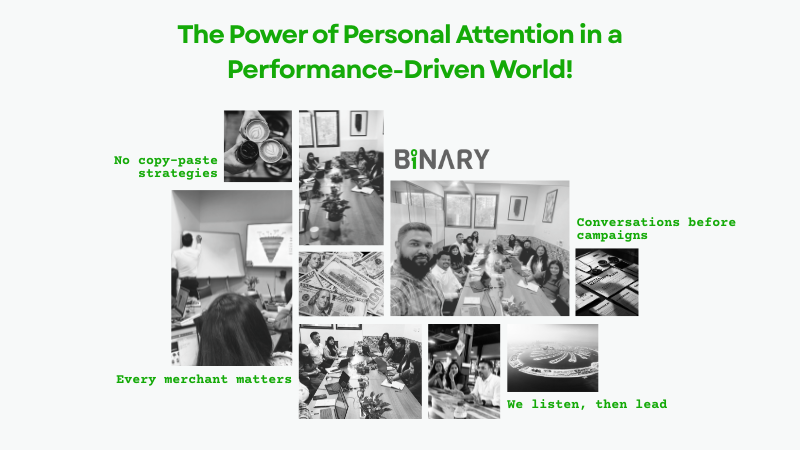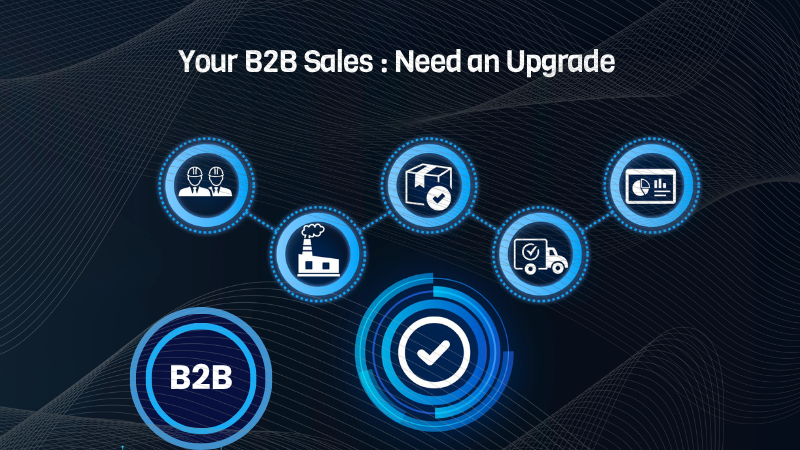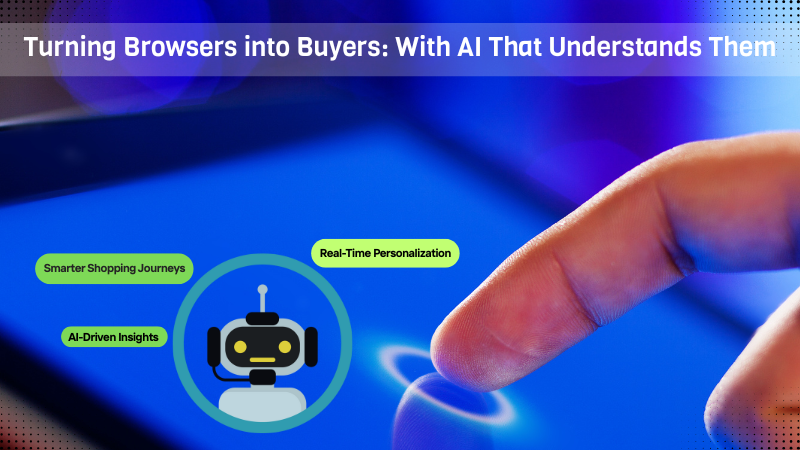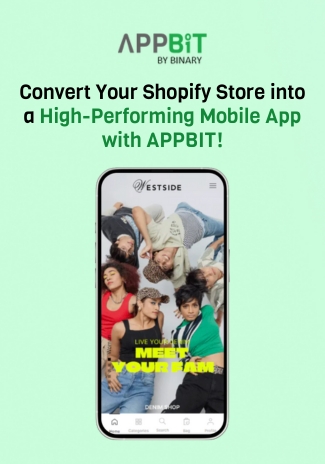Comparative Analysis: D2C Checkout Flows That Drive Conversions
A seamless checkout experience can make or break a sale—especially in the Direct-to-Consumer (D2C) space, where every customer touchpoint counts. While product quality, branding, and engagement certainly matter, ultimately, it’s the checkout UX where conversion happens—or doesn’t.. In this blog, we break down the checkout flows of three leading players: Razorpay Magic Checkout, GoKwik, and Shiprocket Checkout, using real brand examples like DuckDuck Baby and Plum.
1. Why Checkout UX Matters for D2C Brands?
D2C brands operate in a high-competition environment where users expect speed, simplicity, and security. A well-designed checkout flow can:
- Reduce cart abandonment
- Boost conversion rates
- Improve repeat purchase behaviour
Conversely, clunky checkouts create friction in the user journey, often leading to lost revenue.
2. Tool-wise Breakdown
Razorpay Magic Checkout
Example: DuckDuck Baby
Razorpay’s solution focuses on auto-filling customer data and enabling quick transactions.
UX Pros:
- Autofill Options: Speeds up the checkout process.
- Guest Checkout: No account needed—reduces drop-offs.
- UPI-Friendly Flow: Smooth UPI integration for Indian buyers.
UX Cons:
- Trust Signals: Medium visibility; more prominent security icons would help.
Conversion Features:
- Pre-filled forms for ease
- Clear delivery info to reduce uncertainty
GoKwik
Example: Plum
GoKwik brings a trust-first approach with high customisation and assurance elements.
UX Pros:
- Autofill and guest checkout support
- Strong trust signals (badges, guarantees)
- Seamless UPI flow
UX Cons:
- Slightly slower page load speeds
Conversion Highlights:
- Consistent brand tone throughout
- Effective visual hierarchy to highlight offers and totals
Shiprocket Checkout
Example: Columbia
Shiprocket is optimising speed and COD-preference with UPI-first options.
UX Pros:
- Fast checkout experience
- UPI and autofill are supported
- Intelligent address prefill
UX Cons:
- Low trust signal visibility
Standout Features:
- App integration potential
- Optimised for quick loading and mobile use
3. Comparison Table Overview
| Feature | Razorpay magic checkout | GoKwik | Shiprocket chekout |
| Autofill/1-Click | ✅ | ✅ | ✅ |
| Guest Checkout | ✅ | ✅ | ✅ |
| UPI Flow | ✅ | ✅ | ✅ |
| Speed of Flow | ⭐⭐⭐⭐ | ⭐⭐⭐ | ⭐⭐⭐⭐ |
| Trust Signals | Medium | High | Low |
| Mobile Experience | Smooth | Good | Fast |
4. Verdict & Recommendations
Razorpay Magic Checkout is best for early-stage D2C brands that need a balance between speed and simplicity. It reduces friction and enhances convenience.
GoKwik is ideal for scaling brands where trust and brand experience are crucial. It performs well when assurance and custom flows are top priority.
Shiprocket Checkout is a great fit for COD-heavy brands that require speed and efficiency, especially for mobile-first buyers in Tier 2/3 cities.
Final Thoughts
In D2C, checkout is the final gateway to revenue. Choosing the right tool depends on your brand’s growth stage, buyer behaviour, and core objectives. Evaluate your current flow, identify friction points, and test the solution that best compliments your conversion goals.


